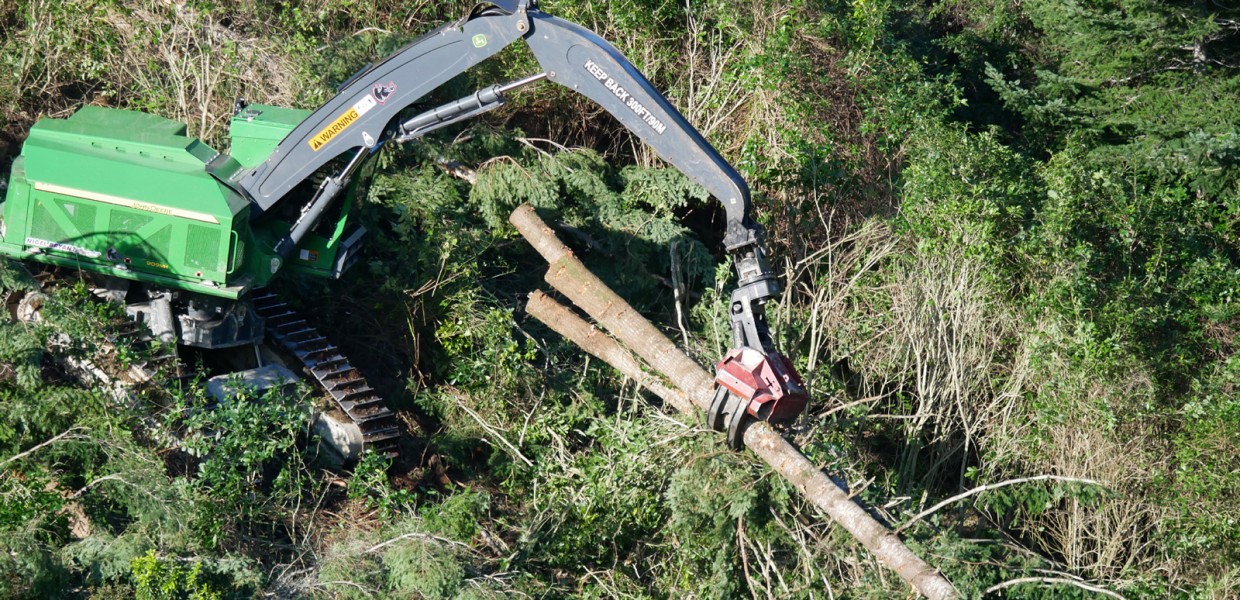2 Jul 2010
The Situation and Outlook for New Zealand Agriculture and Forestry (SONZAF), released in June, shows New Zealand forestry exports to China in the year to 31 December 2009 were up 63 percent, with log exports more than doubling and timber up 79 percent.
Meanwhile, the latest MAF Quarterly Statistical release reports the largest ever March quarter and largest ever year-to-March harvest, at 5.5m cubic metres and 22.2m cubic metres respectively.
China’s share of the logs for export from that harvest is close to a quarter, compared to less than seven percent in the year to March 2008.
The effect of China’s increased interest means forestry-based exports for the year to 30 June 2010 are projected to be 18 percent higher in volume terms than for the previous year, despite key markets such as Australia and the US having only tentative growth in the construction sector.
MAF Director-General Murray Sherwin says the demand from China has come at the perfect time for the forestry industry.
“This situation has come about partly because of Russia’s imposition of an export tax on logs, which has increased Chinese demand for logs from alternative suppliers such as New Zealand.
“Regardless of how it came about, however, the increased demand at a time when the construction and building industries in developed countries are still coping with the global downturn has been a blessing.”
Mr Sherwin says criticism of an emphasis on logs exports, as opposed to ‘value-added’ products is misplaced in this instance.
“Value-added does not automatically equate to profit-added. It makes a lot more sense to ship logs at a profit than processed wood products at a loss.
“The very substantial challenge for the wood processing industry is to develop high productivity processing capacity that can be profitable in world markets while competing effectively with international log markets for raw material.”
As for concern that the forestry industry is putting all its eggs in one basket, the MAF forecasting in SONZAF shows demand from China slowing as 2010 progresses, with South Korea (currently the second largest importer) and India (the third largest importer) having the potential to cushion any downward pressure on prices arising from slower growth in Chinese demand.
You can view SONZAF at: http://www.maf.govt.nz/mafnet/rural-nz/statistics-and-forecasts/sonzaf/
You can view the Forestry Quarterly Statistics for March 2010 at: http://www.maf.govt.nz/statistics/forestry/index.htm
Source: MAF Policy media release






